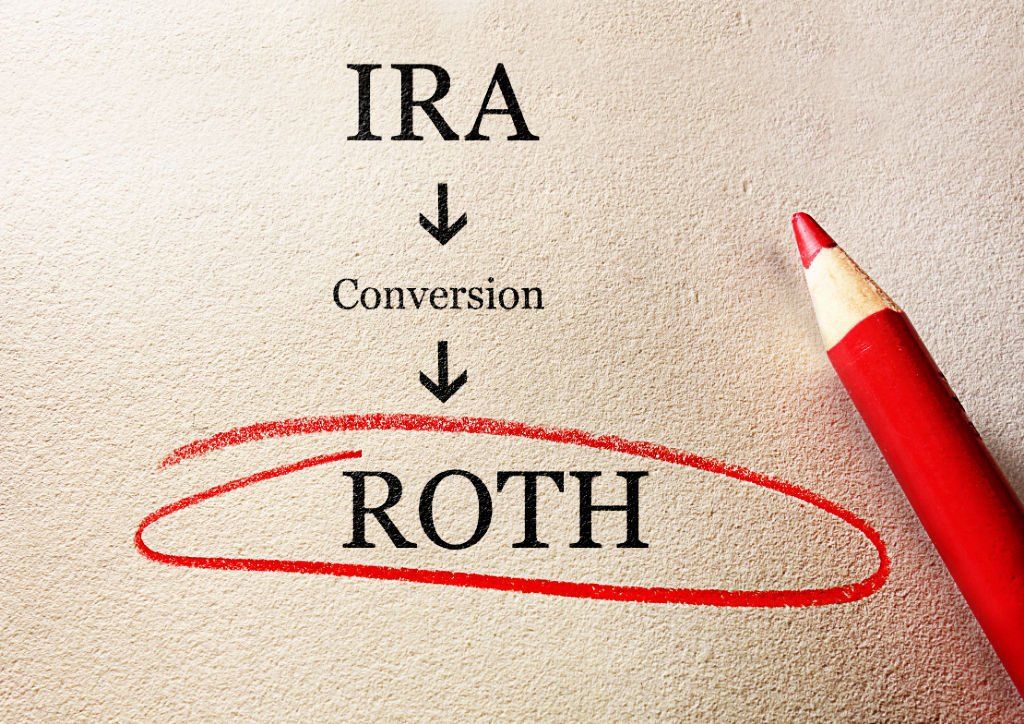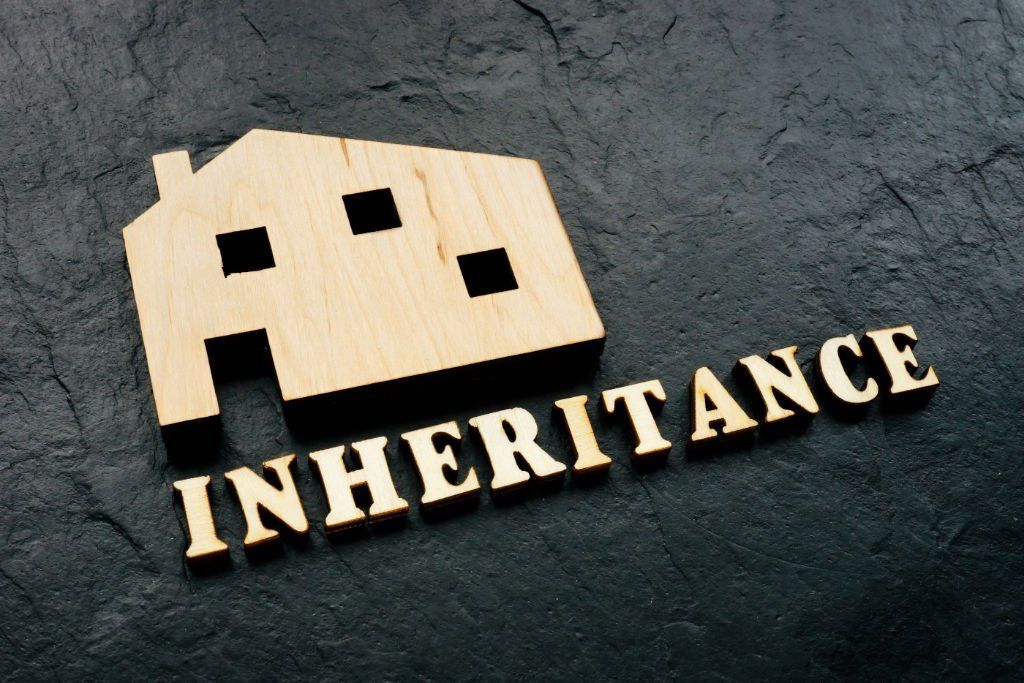How to Take Early IRA Withdrawals without a Penalty
| Originally written on 1/2/2017. Sign up to receive my free monthly email articles to help you achieve your retirement goals
.
John and Linda are a hypothetical couple who will serve as a case study for illustrative purposes. John had gotten laid off from his corporate job at the end of 2015. John also had a side business from which he earned some income, but not enough to meet their needs. Linda worked part-time in the family business. Without John’s corporate job, their combined income was not enough to cover their living expenses. John and Linda are in their mid-50s and in good health, with no debt. Using realistic projections of their future business growth, it appeared there was about a five year gap where their income would be low. Their plan was to continue to work well into their 60s. We explored several options. First, was there a way John and Linda could quickly increase their income to meet their living expenses? For personal reasons, they wanted to live in their current location and there were no good job opportunities for John or Linda in the area. Furthermore they had evidence that the family business could grow to meet their needs if they had a few years to work it. And this was a dream of theirs, whose time had just come a few years earlier than they had planned. Second, was there any fat in the budget that could be cut to balance their cash flow? While there was some additional tightening that wasn’t too painful, they were still left with a negative cash flow of around 11,000/year. Another option was using cash reserves to bridge the five-year gap. But John and Linda did not have lots of savings in bank accounts or regular after-tax accounts, partly because John’s untimely layoff had caused them to burn down some of the reserves they had saved. They did not have the estimated $55,000 ($11,000 x 5) to bridge the income gap over the five-year period. But John and Linda did have substantial savings in Individual Retirement Accounts (IRAs). The problem was that neither of them was age 59½, the age at which they could take IRA distributions without a 10% penalty. After reviewing these and other options, the option that appeared to be the best for John and Linda was to tap into their traditional IRA savings to bridge the income gap during these low-income years. But they were worried that tapping into their IRA early would mess up their retirement plans. So, using conservative assumptions, I helped them go through various scenarios that quantified their probability of having enough money for a long retirement with a conservative investment portfolio. The plan they chose showed a high probability of retirement success while still achieving their goal to operate their own business which would not require moving the family. The only problem that remained was the 10% penalty for early IRA withdrawal. We researched how to avoid paying the 10% penalty, which woud be on top of the ordinary income taxes that would be owed on the distributions. Internal Revenue Code Section 72(t) specifies that distributions from IRAs taken before age 59½ generally will be subject to the 10% early withdrawal penalty. An exception is granted for the following reasons:
Note: A different set of exceptions apply to qualified plan and TSA distributions. IRAs allow penalty-free withdrawals up to $10,000 for first-time home purchase, higher education expenses, and health insurance premiums for qualifying unemployed individuals. Qualified plans do not. Qualified plans (i.e., defined-benefit pensions and defined-contribution plans such as 401(k)s, profit sharing plans, money purchase pensions, and ESOPs) allow penalty-free distributions as early as age 55 upon separation from the company, dividends from employer stock in ESOPs, and from qualified domestic relations order (QDRO). IRAs do not. The only exception that could be applied to John and Linda's situation was a series of substantially equal periodic payments (SEPP). Here’s the way the 72(t) SEPP works. For substantially equal periodic payments to be exempt from the 10% penalty, distributions must continue for at least five years or until the IRA owner reaches age 59½, whichever is later. And the distribution amount may not be changed during this period. Now, you can see that this SEPP exemption has some strict rules. The minimum five-year rule was not a killer in this case because five years is about the amount of time John and Linda anticipated needing supplemental income, and John and Linda will both turn 59½ around the end of this period. Had they been 45 years old, this option would not have looked as attractive because distributions would have to be taken for fifteen years (each year until age 59½,), which is a long time to be locked into a set annual distribution. But in this case, even if John and Linda’s business income exceeded their expectations and they did not need all the IRA distributions for the entire five years, there would not be a serious problem, since they could always contribute to another tax-deductible retirement plan like a SEP IRA or 401(k) to offset the taxes owed on the unneeded SEPP distributions in the later years. So we separated a portion of John’s IRA assets for the 72(t) SEPP distributions--the amount required to cover the additional payments needed. With an estimated $11,000 shortfall, the actual distribution needed was figured to be around $14,500. (Taxes still have to be paid on any distributions from a pre-tax IRA.) Using the fixed amortization method, with a $334,767 IRA balance, and the required 120% of the Applicable Federal Rates (AFR) mid-term interest rate (which was 1.71%), the calculation yielded an annual distribution of $14,506.81. They made the first distribution in August 2016 and will make four more consecutive annual distributions, the last one being in 2020. However no other distributions or contributions are allowed to be made with regard to the SEPP-dedicated IRA until the end of the five-year period, which is August 2021; and by then, John is 60 years old. At this point the 72(t) requirement is ended and the IRA can be treated as any other IRA of its kind. Ideally, John and Linda did not want to tap into their IRA in their mid-50s, but being as how John's job situation created a cash flow problem, this solution allows them to increase their income while building their business--and without paying the 10% penalty on early IRA withdrawals. They will avoid paying $7253 ($14,507 x 5 x 0.1) and have the peace of mind that they can continue their current lifestyle with their retirement plan still intact. What financial obstacle do you face? Reach out and maybe we can collaborate to find the best solution for you. See applicable 72(t) regulations and consult your tax adviser and financial adviser
before implementing any early IRA
withdrawal strategy. |


Travis Echols , CRPC®, CSA
Receive free Social Security Guide by email
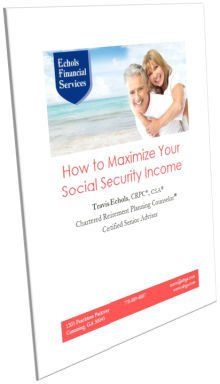
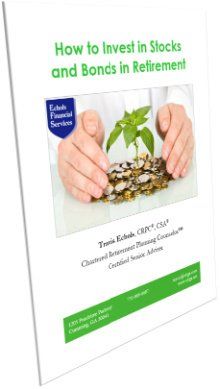

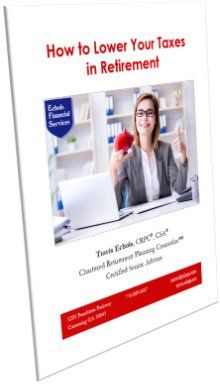
Investment Advisory Services offered through JT Stratford, LLC. JT Stratford, LLC and Echols Financial Services, LLC are separate entities.






